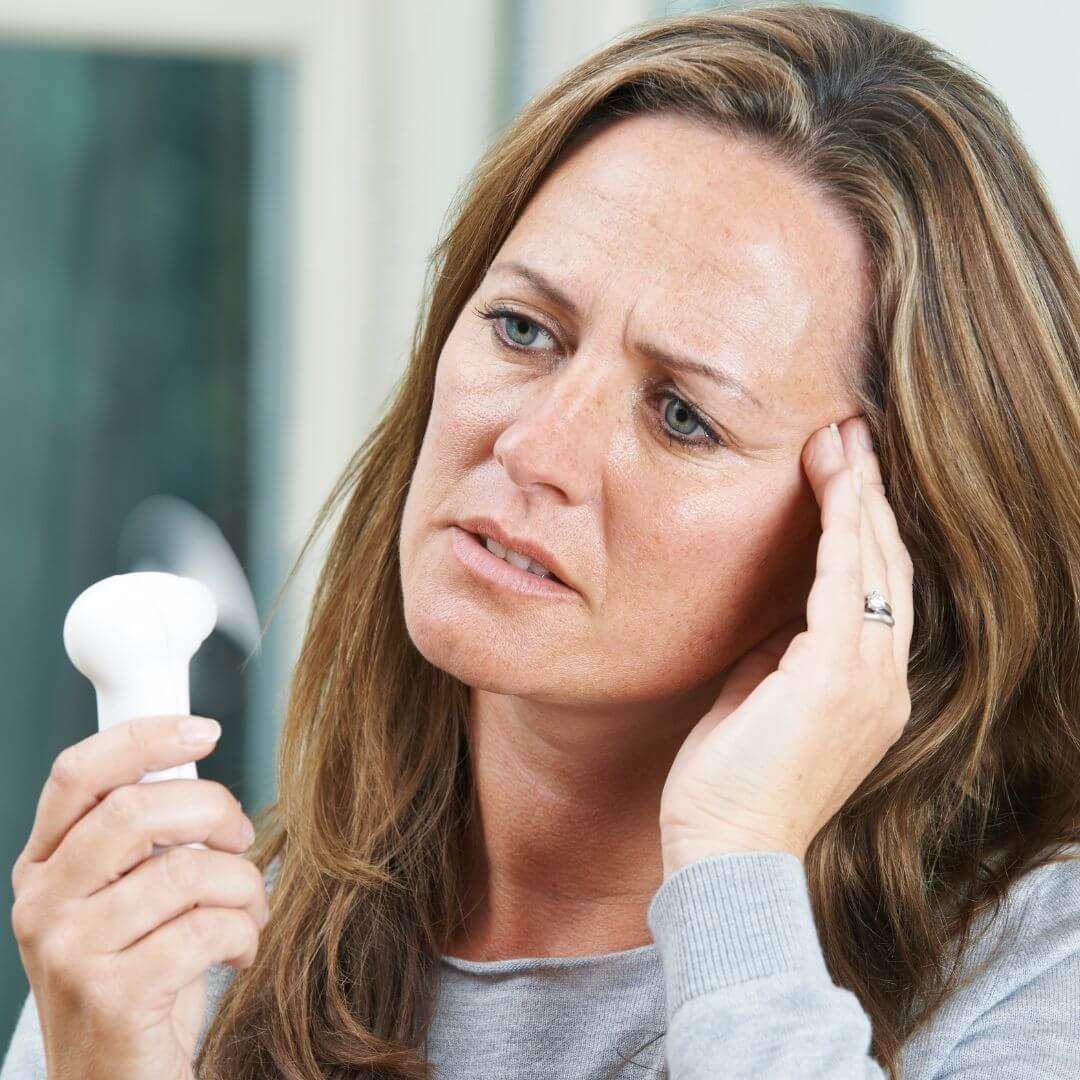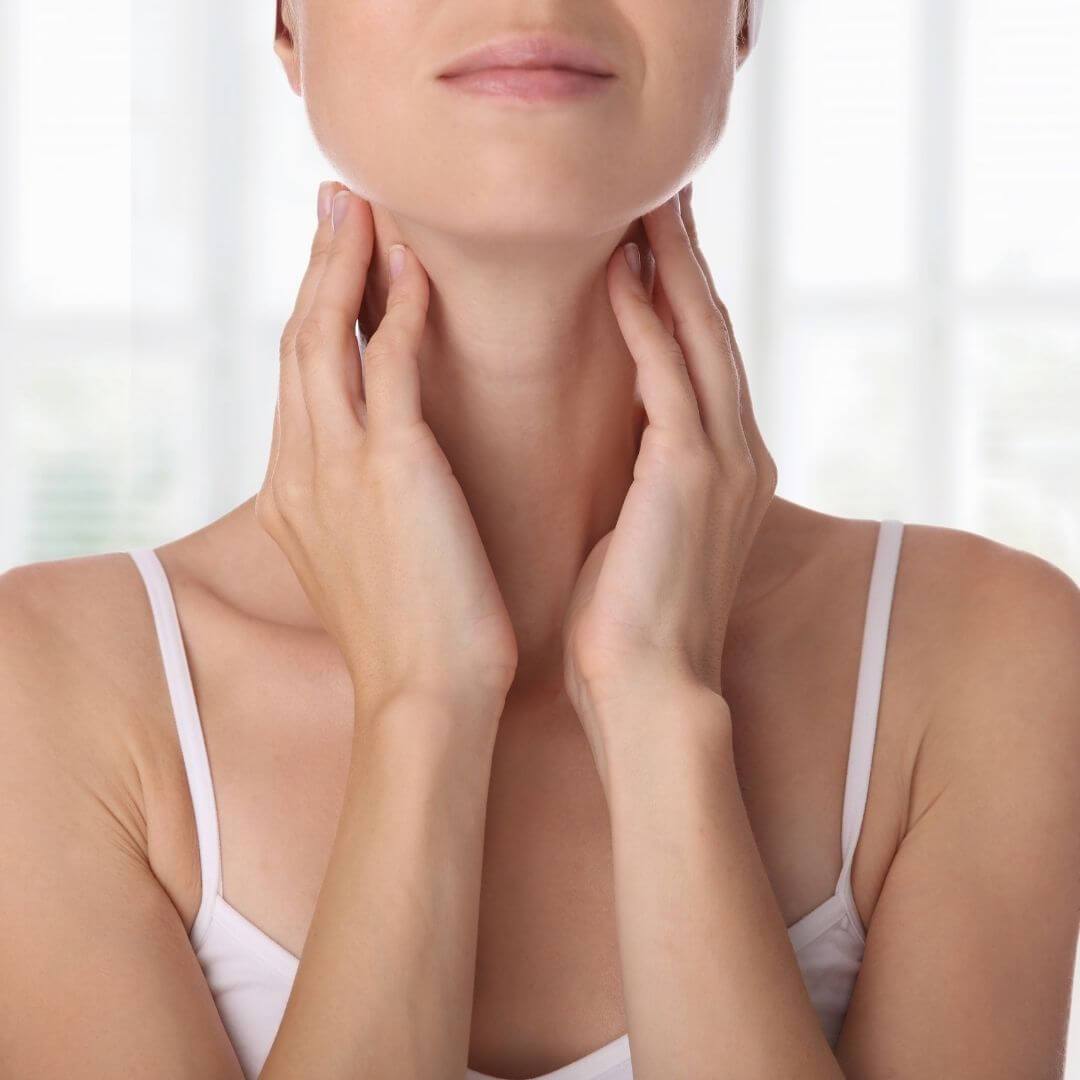I. Understanding Male Pattern Baldness

a. Genetic Factors: Exploring the Role of Genetics in Male Pattern Baldness
Male pattern baldness is a common phenomenon that affects a large portion of the male population. While many believe that environmental factors such as stress or poor nutrition may play a role in hair loss, recent studies suggest that genetics may also have a part to play. Specifically, the presence of a certain gene known as the AR gene has been found to be strongly associated with male pattern baldness. This gene is responsible for coding the androgen receptor, a protein that plays a key role in the growth and health of hair follicles. Further research into the genetics of hair loss may pave the way for more personalized treatments and prevention methods for male pattern baldness.
b. Hormonal Influence: Understanding How Hormonal Changes Contribute to Hair Thinning
Understanding how hormonal changes contribute to hair thinning is crucial for both men and women who experience this condition. Men, in particular, are predisposed to pattern baldness due to DHT (dihydrotestosterone), a hormone that attacks hair follicles, causing them to shrink and eventually cease to produce new hair. DHT levels typically increase in men as they age, leading to hair thinning and ultimately to baldness. However, hormonal changes are not the only factor contributing to hair loss. Other causes such as stress, poor nutrition, and genetic predisposition should also be considered in diagnosing and treating hair thinning. By educating ourselves about the role of hormones in hair thinning, we can better understand the condition and take steps to address it effectively.
c. Lifestyle and Environmental Factors: Identifying External Influences on Hair Thinning
Hair thinning can be influenced by a variety of external factors in our lifestyle and environment. These factors can range from diet, stress levels, and even the type of shampoo or hair care products we use. One of the most common lifestyle factors that affect the health of our hair is our diet. A diet that is high in sugar and processed foods can lead to inflammation in the scalp and weaken the hair follicles. Stress is another external factor that can lead to hair thinning, as it promotes the release of hormones that can cause hair loss. In addition, wearing tight hairstyles or using hair products with harsh chemicals can also contribute to hair thinning. Identifying and understanding these external influences on hair thinning is crucial in order to make informed decisions about our daily habits and hair care routines.
II. Identifying Hair Thinning Symptoms
Hair thinning symptoms may not be noticeable at first, but it's important to stay informed about the changes in your hair and scalp. Some signs of hair thinning include a decrease in hair volume or density, increased hair shedding, and a widening part. You may also notice a decrease in the thickness of individual strands or thinning around the hairline. It's important to keep in mind that hair thinning can be caused by a variety of factors, including genetics, hormonal changes, stress, and medical conditions. If you're concerned about hair thinning, it's important to consult with a dermatologist or medical professional for a proper diagnosis and treatment plan. Remember, the earlier you seek help, the more successful the treatment can be.a. Early Signs: Recognizing the Initial Signs of Hair Thinning in Men
It's no secret that hair thinning is a common concern among men, but did you know that early intervention can make a big difference in preserving your locks? By recognizing the initial signs of hair thinning, you can take steps to address the issue before it becomes more advanced. Some early indications to keep an eye out for include a receding hairline, a gradual thinning on the top of the head, or an increase in the amount of hair you're shedding on a daily basis. If you notice any of these changes, it's important to seek out a professional diagnosis and explore your treatment options, whether that means using specialized shampoos or considering more advanced procedures like hair restoration surgery. By staying vigilant and proactive, you can help slow down the progression of hair loss and keep your mane looking fuller and healthier for longer.
b. Progressive Thinning: Understanding How Hair Thinning Progresses Over Time
As we age, our bodies go through various changes, one of them being hair thinning. This gradual and progressive thinning can be a source of distress for many individuals. Understanding how hair thinning progresses over time is crucial for anyone experiencing this issue. Hair thinning is a complex process that is affected by various factors, including genetics, hormones, and lifestyle. The thinning process can start as early as our 20s and progress slowly and steadily over the years. It is essential to seek professional advice if you notice a significant change in your hair's thickness or volume to identify the root cause and take the necessary steps to manage the issue. With proper care and treatment, hair thinning can be controlled and managed effectively.
c. Scalp Examination: Techniques for Assessing the Severity of Hair Thinning
The health of our hair and scalp is important to most of us. Thinning hair can be a distressing experience and many people struggle to find the right treatment. One way to assess the severity of hair thinning is through scalp examination. This technique uses specialized equipment to observe the scalp and hair follicles, providing valuable information to healthcare professionals. Accurate assessment of the scalp allows for informed decision making on the best course of action for treatment. By understanding the techniques used in scalp examination, individuals can work with healthcare professionals to improve their hair health and move towards a positive outcome.
III. Managing Hair Thinning Effectively

a. Treatment Options: Exploring Available Treatments for Male Pattern Baldness
Male pattern baldness is a common condition that affects many men as they age. Fortunately, there are several effective treatment options available. One of the simplest options is to use specialized shampoos and conditioners that are designed to help strengthen hair and slow down the balding process. Another treatment option is to use a serum that can be applied directly to the scalp to encourage hair growth and strengthen existing hair. It's important to note that some treatments may take time to show results, so patience is key. Consulting with a dermatologist or hair loss specialist can help determine the best course of action for your individual needs. By exploring the available treatments for male pattern baldness, men can take steps to maintain a full and healthy head of hair for years to come.
b. Preventative Measures: Strategies for Slowing Down or Preventing Further Hair Thinning
Hair thinning can be a frustrating and disheartening experience, but there are preventative measures you can take to slow down or stop its progression. One of the most effective strategies is to maintain a balanced and nutrient-rich diet that includes plenty of protein, healthy fats, and vitamins such as Biotin and Vitamin D. Using gentle hair care products that do not contain harsh chemicals, and avoiding excessive brushing and heat styling can also help preserve hair health. In addition, reducing stress through relaxation techniques or exercise can have positive effects on hair growth and thickness. By implementing these preventative measures, you can take an active role in slowing down or preventing hair thinning and promoting overall hair health.
c. Expert Advice: Seeking Professional Guidance for Tailored Hair Thinning Solutions
Thinning hair is a common concern among many people, but it can be unsettling to experience. Seeking professional guidance for tailored hair thinning solutions can help alleviate this worry. Hair supplements, shampoo and conditioner specifically designed for thinning hair can be recommended by a licensed stylist or trichologist. These professionals can assess your individual concerns and provide suggestions based on your hair type and lifestyle. Additionally, they can offer guidance on hair care practices and styling techniques that can minimize further thinning. Seeking expert advice can give you the confidence and knowledge needed to take control of your hair and achieve a healthier, fuller look.
In conclusion, male pattern baldness is a complex condition influenced by both genetic and environmental factors. Understanding the underlying causes of hair thinning is crucial for effectively managing and treating it. By recognizing early symptoms, regularly examining your scalp, and seeking professional guidance, you can take control of your hair's health. Whether you choose to explore available treatments or implement preventative measures, know that there are options available to help combat male pattern baldness. So don't hesitate to take action and speak with an expert if you are experiencing signs of hair thinning. Remember, knowledge is power when it comes to finding the best solutions for managing this common issue among men. Don't let male pattern baldness hold you back from feeling confident in your appearance and embracing your unique style. Take charge of your hair health and say goodbye to thinning hair with the help of these tips and strategies. Your journey towards thicker, healthier hair starts now!












